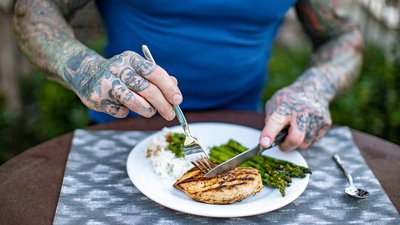This is not an article about intermittent fasting. It's the opposite. It's about intermittent eating—IE, for short. Specifically, it's about how to eat to optimize recovery and maximize muscle growth.
In fact, the need for intermittent feeding, meaning eating, is one of the reasons that intermittent fasting fails to produce sufficient muscle gains and should be used mainly for fat-loss purposes.
Eat to Grow!
Intermittent eating is a method of eating designed to maximize muscle protein synthesis and minimize muscle protein breakdown. The amount of muscle you carry depends on how much muscle protein you have, and it represents your net muscle protein balance, which is the difference between how much muscle protein your body synthesizes and how much protein it breaks down. The more unbalanced that is in favor of protein synthesis, the more muscle you will carry. If your goal is to build the most muscle possible, your best plan is not to wake up after an extended fast and eat nonstop all day.
You won't get enough spikes in muscle protein with intermittent fasting. You actually need to take a break from eating between meals to accomplish that. The key is to create a long enough break in feeding to maximize the spike in muscle protein synthesis while keeping the muscle protein breakdown to a minimum.
Net muscle protein balance fluctuates, so even though you build muscle, you can still lose it if you don't maintain your diet and training in a way that encourages a positive protein balance.
To Eat or Not to Eat?
When you eat a high-protein meal, it spikes muscle protein synthesis and you start building muscle protein. If you have your next meal too soon after your last meal, though, you may not get another spike because you didn't give the amino acids from the previous meal enough time to do their work—muscle protein synthesis has to spike and then drop back. If you eat again before that drop has fully occurred, the meal won't be able to spike protein synthesis and the protein in the meal will not go toward muscle building. Instead, it will be used mainly for energy and possibly even be converted to fat.
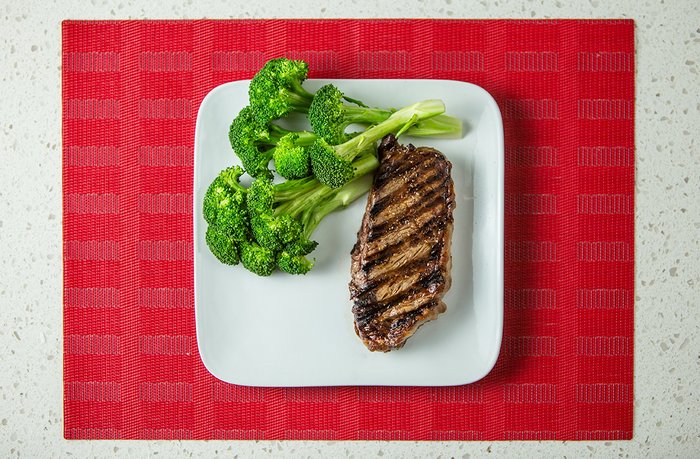
The longer you go without eating a meal, the more muscle protein breakdown you'll have. That is why it's difficult to maximize muscle gains with intermittent fasting. The long periods of not eating, often 16 hours or more, increase protein breakdown so much that when the spike in protein synthesis occurs, the increase in net protein balance is not enough to build muscle; it just maintains your muscle.
It's true that the longer you go without eating, the bigger the spike in muscle protein synthesis when you finally do eat, but because the muscle protein breakdown was so great, most of that spike is merely going to replace what was lost during the fast.
Strategy Matters
The key to intermittent eating is to go long enough between meals to get a big enough spike in muscle protein synthesis without incurring too much protein breakdown. The sweet spot for this appears to be 3-4 hours between meals. That happens to be what I've prescribed for more than two decades, and there's research to support the results that thousands have gotten with this schedule.
In a 2012 study published in the journal Nutrition & Metabolism, Australian researchers had subjects perform a leg workout and then fed them a total of 80 grams of whey protein over the next 12 hours using three different dosage patterns:[1]
- Eight 10-gram doses, every 1-1/2 hours
- Four 20-gram doses, every 3 hours
- Two 40-gram doses, every 6 hours
They found that net protein balance was significantly greater when the subjects consumed 20 grams of whey protein every three hours.
It's worth mentioning that the study involved whey protein, which has a fast-lived muscle protein synthesis spike. It spikes muscle protein in less than an hour but then drops back toward normal levels within 2-3 hours. Adding a slower-digesting protein (like casein) to whey extends the length of time that muscle protein synthesis remains elevated and has been shown to produce greater gains in muscle mass. Therefore, unless you are taking in only whey at each meal—and I don't suggest it, as it doesn't build muscle as adequately as a protein blend—you should wait a bit longer until that next meal. At least 4 hours should do it whether you have a protein blend shake like Pro JYM or a whole-food meal like steak and eggs.
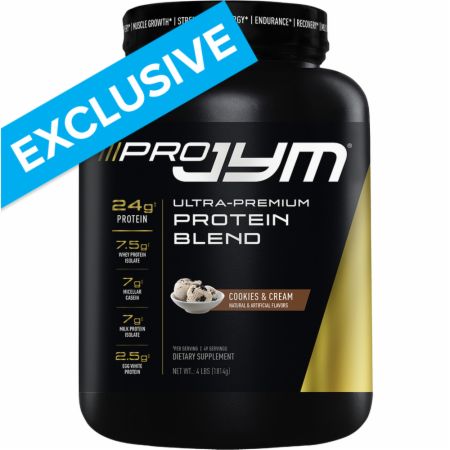
How to Practice Intermittent Eating
To maximize the benefits of IE, you need to spread apart your meals by about 4 hours most of the time. That means no calories between meals. Much as with intermittent fasting, you consume only noncaloric drinks such as water, black coffee, unsweetened tea, and artificially sweetened beverages between meals.
How much protein you consume at each meal is another key factor to consider. It's critical that you take in enough of the branched-chain amino acids—leucine, isoleucine, and valine.
Leucine is the most important amino acid for turning on muscle protein synthesis. Research suggests that it takes about 3-4 grams of leucine to spike protein synthesis adequately.[2] To get that much leucine from food, you would have to eat at least 40-50 grams of animal protein. You might be able to get away with just over 30 grams of protein in a protein shake, as shakes tend to be richer in BCAAs, but whole-food sources like beef, eggs, chicken, and fish will require greater quantities to get enough leucine for a sufficient muscle protein spike.
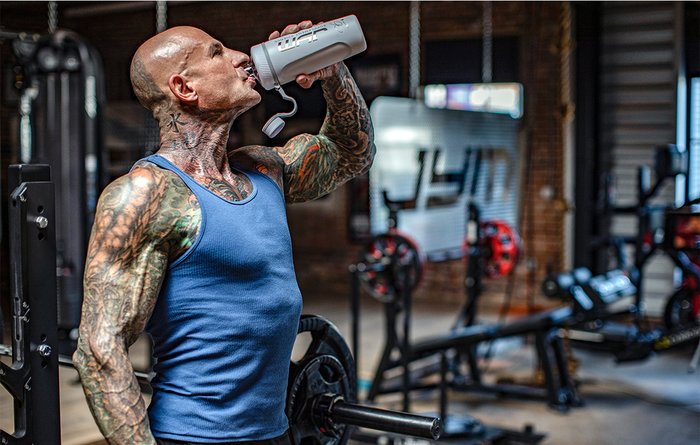
If you're uncertain whether a meal is rich enough in protein to provide enough leucine, you can add a BCAA supplement. Choose one that provides at least 3 grams of leucine at a 2/1/1 ratio of leucine/isoleucine/valine. That will bump up the total leucine content of the meal and spike protein synthesis adequately.
Over-40 trainees may want to consider eating even more protein at each meal. Research confirms that the older we are, the less efficient our bodies are at building muscle protein from the amino acids we eat.[3] An older lifter will require more protein to boost muscle protein synthesis than someone in their 20s. Now that I'm in my 50s, I make sure to get a minimum of 50-60 grams of protein at every meal.
Take BCAAs Between Meals
An extra strategy that you can use is to take BCAAs two hours after each meal. Research shows that muscle protein synthesis spikes after a meal that contain at least 3-4 grams of leucine; however, leucine levels fall again after about two hours.[4] That puts a stop to protein synthesis, despite the fact that there are still plenty of other amino acids from the meal in the bloodstream.
When you take BCAAs roughly two hours after a complete protein meal, protein synthesis spikes back up and then returns to normal levels after another two hours. In essence, it enables you to get two protein spikes from each meal. That's double the gains! And because the leucine drives those other aminos from the meal into muscle protein synthesis instead of being burned for fuel or turned into fat, taking BCAAs can even help promote fat loss.
To use this strategy, take 6-10 grams of BCAAs at a 2/1/1 ratio of leucine/isoleucine/valine.
Nighttime Noshing
One time of day you don't need to wait the full four hours between meals—or two hours after your BCAA dose—is before bed. Don't stay up later just because your previous meal was only 2-3 hours ago. Eating at any time, particularly a high-protein meal, works to decease protein breakdown and can lead to muscle mass gains. So, you can eat your final meal of the night, rich in protein, any time after your last meal or BCAA dose.
Sample IE Eating Plan
Now that you know how to space your meals and how much protein to eat at each meal, here is a sample diet for a young, 200-pound male lifter who needs to consume 1.5 grams of protein, 1 gram of carbs, and 0.5 grams of fat per pound of body weight. Therefore, he needs a total of 300 grams of protein, 200 grams of carbs, and 100 grams of fat each day.
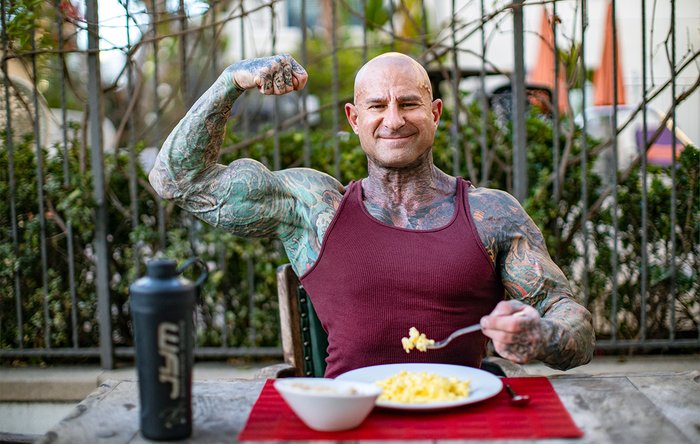
If he wakes up around 8 a.m. every day, has his first meal by 9 a.m., and eats his last meal before midnight, he can fit in about five meals. Since he needs to total 300 grams for those meals, that breaks down to 60 grams of protein, 40 grams of carbs, and 20 grams of fat per meal, expressed as 60/40/25.
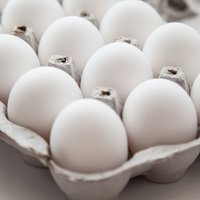 Eggs
Eggs
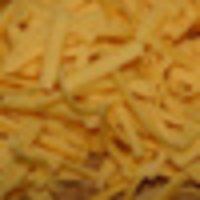 Cheese
(shredded)
Cheese
(shredded)
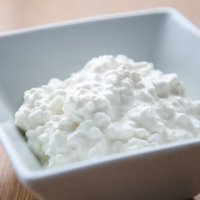 Cottage Cheese
(organic)
Cottage Cheese
(organic)
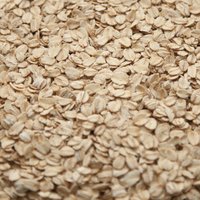 Oats
Oats
 BCAAs
BCAAs
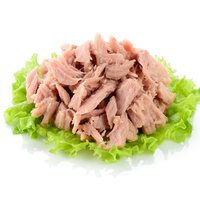 Tuna
Tuna
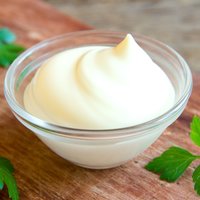 Mayonnaise
Mayonnaise
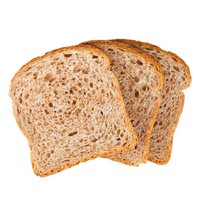 Whole Wheat Bread
Whole Wheat Bread
 String Cheese
(reduced-fat)
String Cheese
(reduced-fat)
 BCAAs
BCAAs
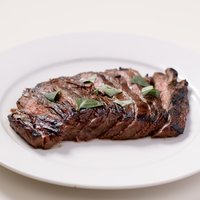 Steak
(top sirloin)
Steak
(top sirloin)
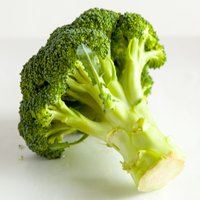 Broccoli
(steamed)
Broccoli
(steamed)
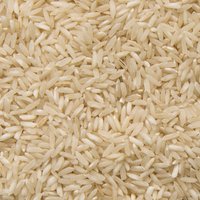 White Rice
(steamed)
White Rice
(steamed)
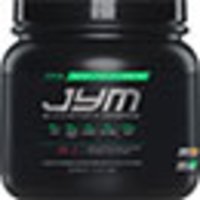 Pre JYM
(pre-workout formula, provides 6g BCAAs)
Pre JYM
(pre-workout formula, provides 6g BCAAs)
 Pro JYM
(protein powder)
Pro JYM
(protein powder)
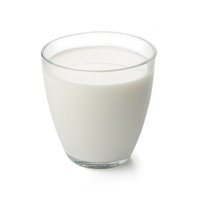 Milk
Milk
 Pro JYM
(protein powder)
Pro JYM
(protein powder)
 Whole Milk
Whole Milk
 Gummy Bears
Gummy Bears
 Post JYM Active Matrix
Post JYM Active Matrix
 Pro JYM
(protein powder)
Pro JYM
(protein powder)
 Greek Yogurt
(plain)
Greek Yogurt
(plain)
Want unlimited access to all of my programs and an endless supply of content like this? Visit JimStoppani.com and become a member.
References
- Moore, D. R., Areta, J., Coffey, V.G., et al. (2012). Daytime pattern of post-exercise protein intake affects whole-body protein turnover in resistance-trained males. Nutrition & Metabolism (Lond), 9, 91.
- Devries, M. C., McGlory C., Bolster, D. R., et al. (2018). Leucine, Not Total Protein, Content of a Supplement Is the Primary Determinant of Muscle Protein Anabolic Responses in Healthy Older Women. Journal of Nutrition, 148(7):1088–1095.
- Volpi, E. (2018) Is leucine content in dietary protein the key to muscle preservation in older women? The American Journal of Clinical Nutrition, 107(2), 143–144.
- Kerksick, C. M., et al. (2006). The effect of protein and amino acid supplementation in performance and training adaptations during ten weeks of resistance training. Journal of Strength and Conditioning Research, 20(3), 643–653.


